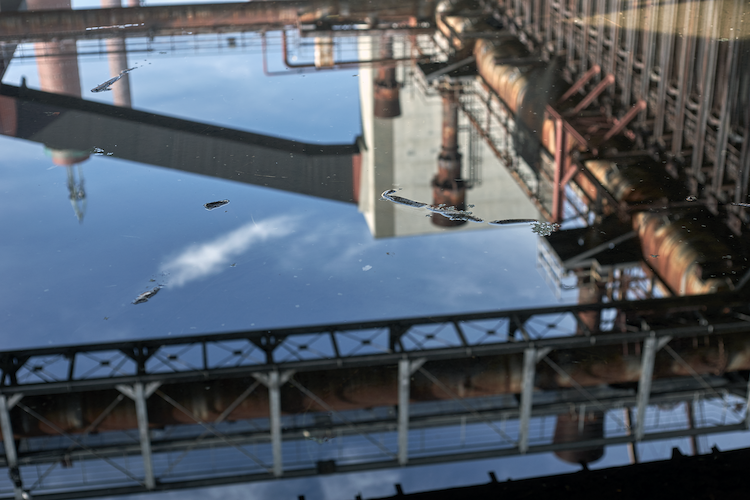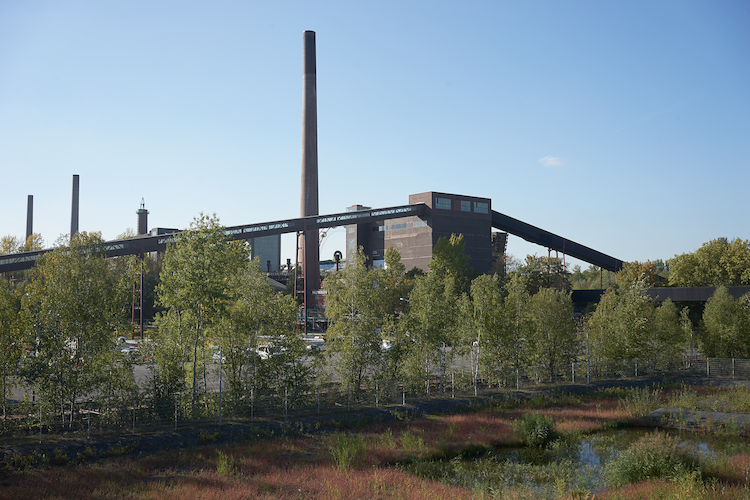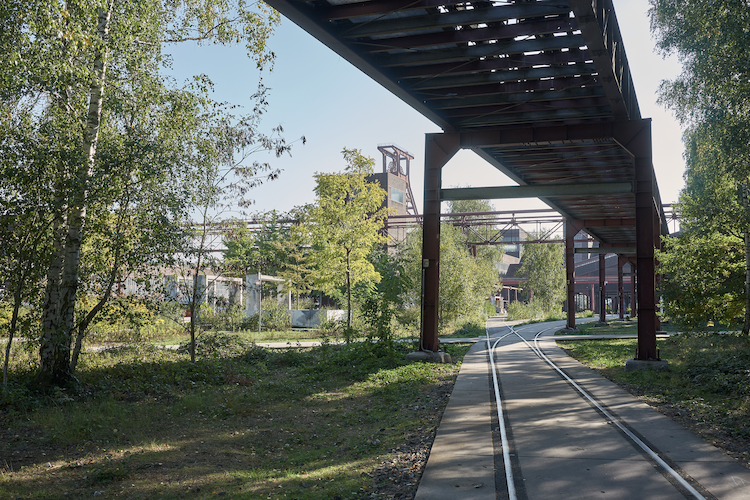Workshop Facilities
The Folkwang University of the Arts campus on the historic UNESCO Zollverein industrial complex houses a range of state-of-the-art workshop facilities. The 2017 campus expansion includes high-quality, specialized workspaces that integrate analog craftsmanship with digital technologies. The ground floor hosts wood, metal, and plastics workshops, the Advanced Technology Lab, the Electromechanical Workshop, and textile and printing workshops. The upper floors accommodate media and moving-image labs, the ceramics lab, and photography studios.
The workshop model promotes a blended approach between traditional and digital techniques. Hands-on work remains central to the creative process, fostering a deep connection between craftsmanship, intellectual inquiry, and cultural exploration.

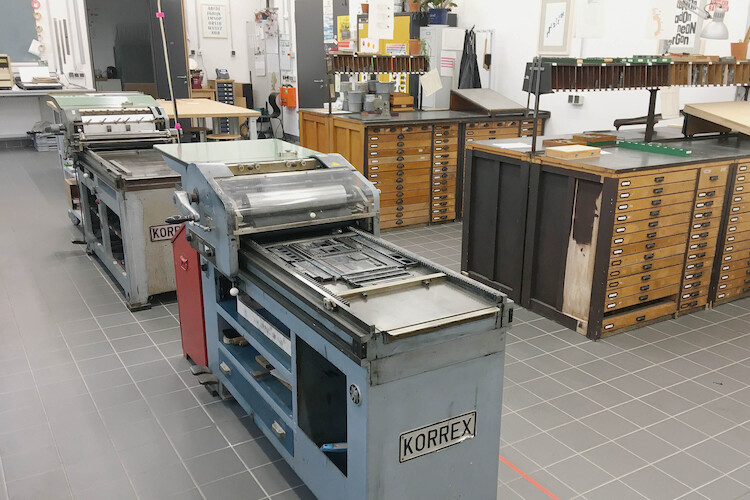

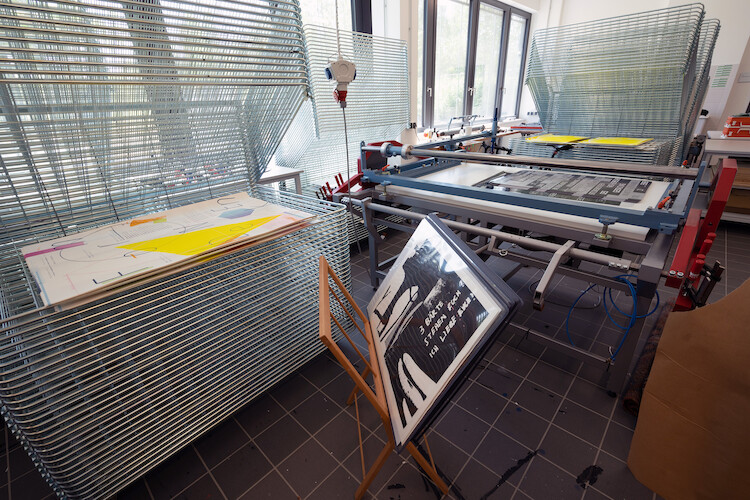
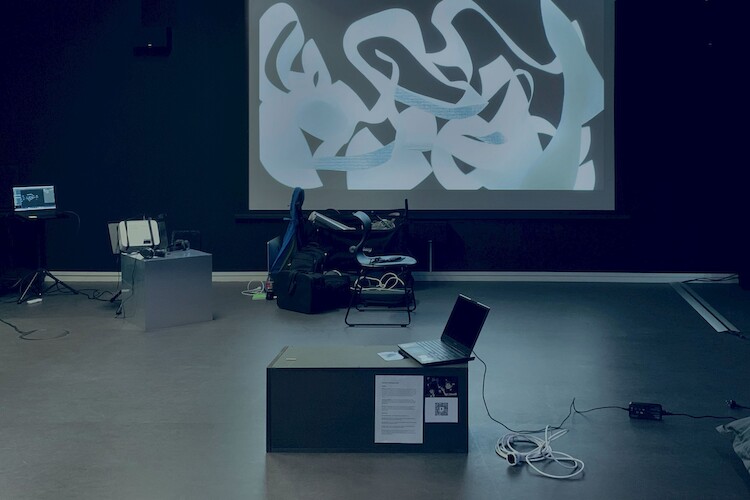
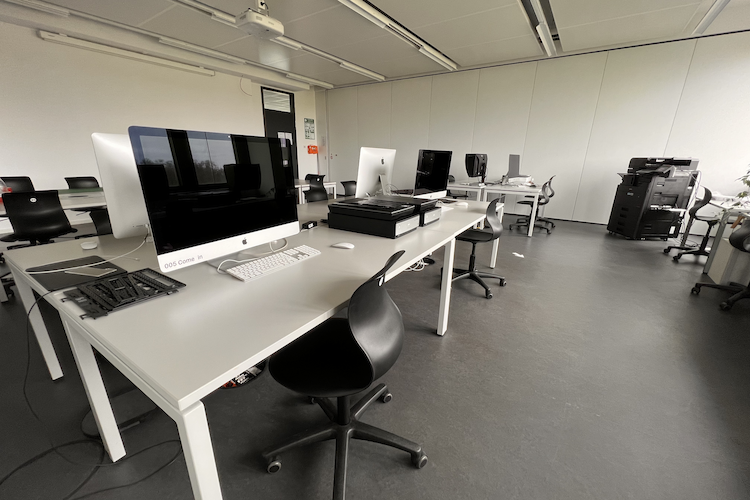

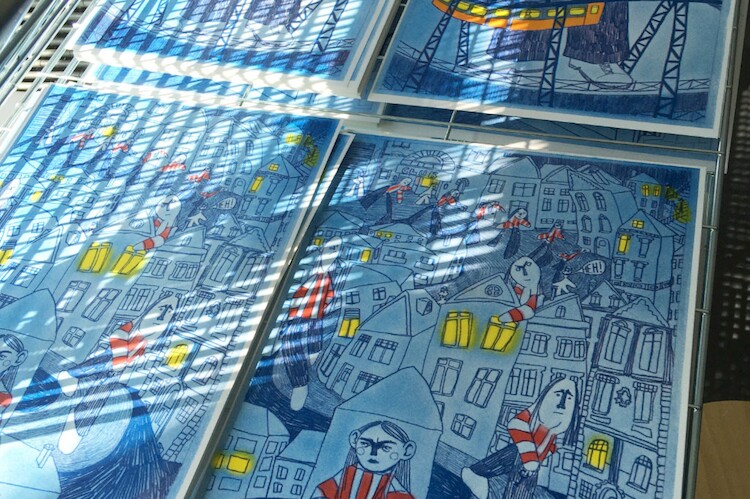
After completing introductory safety training, students have access to additional facilities, including:
Quartier Nord & SANAA Building
The Quartier Nord at Folkwang University of the Arts provides optimal learning conditions for Communication Design students, situated among historic industrial architecture and contemporary design facilities.
The College of Design, which includes four programs: Photography, Industrial Design, Communication Design, and Art & Design Theory, is housed within the 19,000 m² Quartier Nord building and the award-winning SANAA Building designed by Kazuyo Sejima and Ryue Nishizawa. The SANAA Building serves as a hub for teaching, exhibitions, and events.
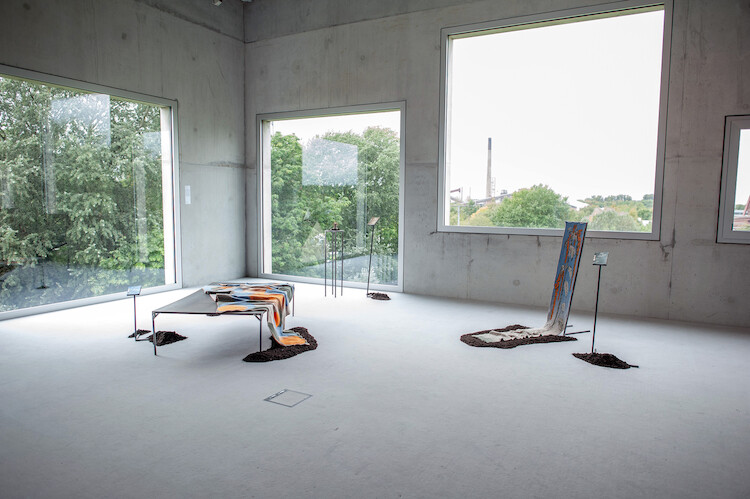
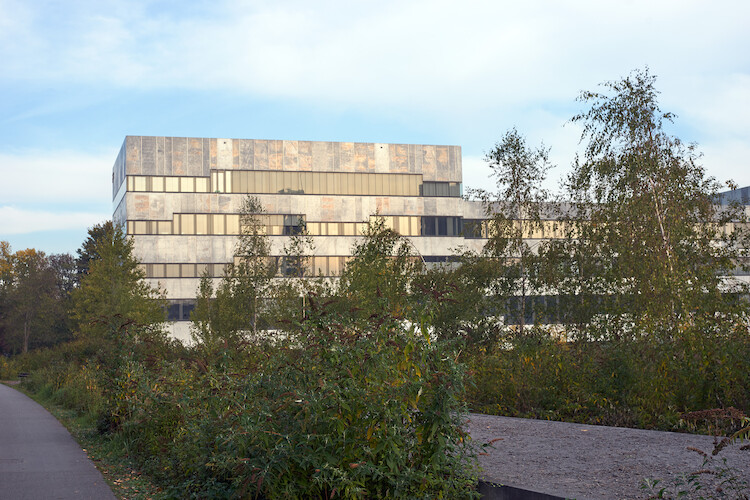
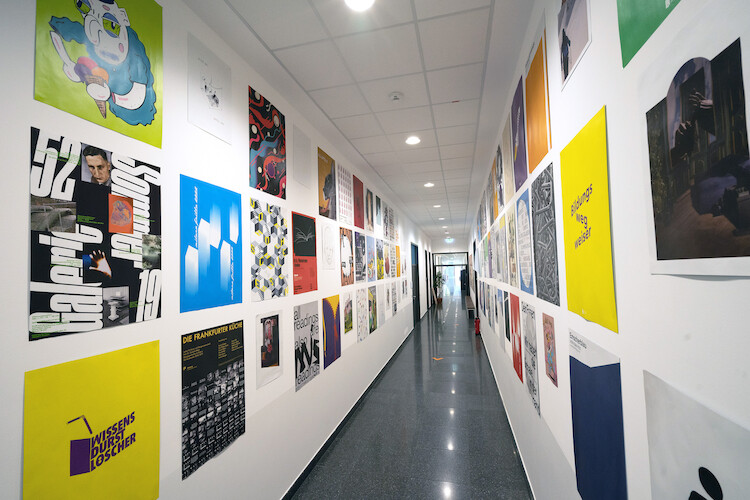
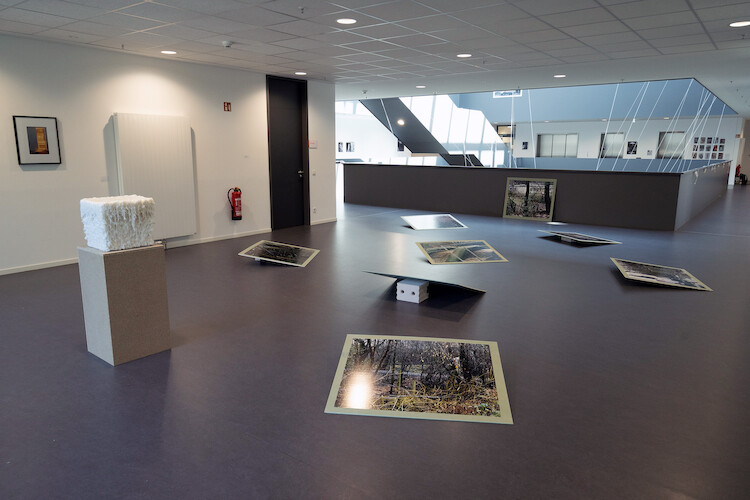

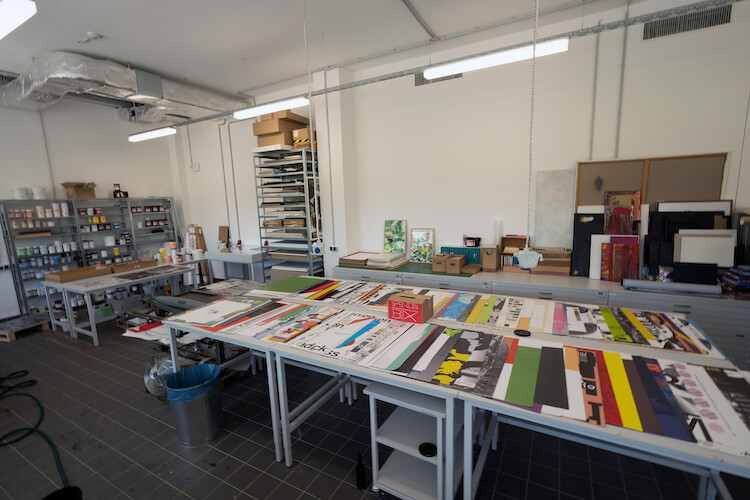

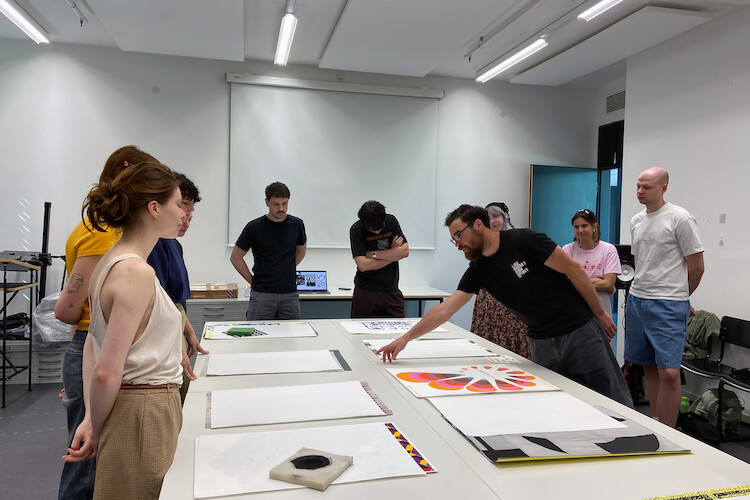

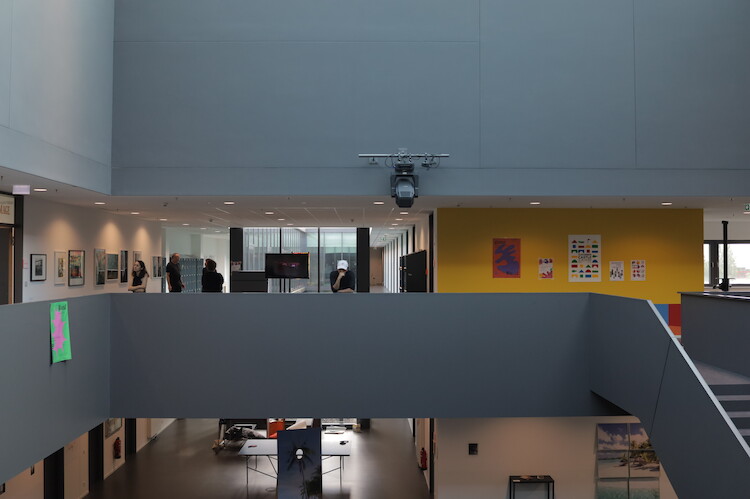

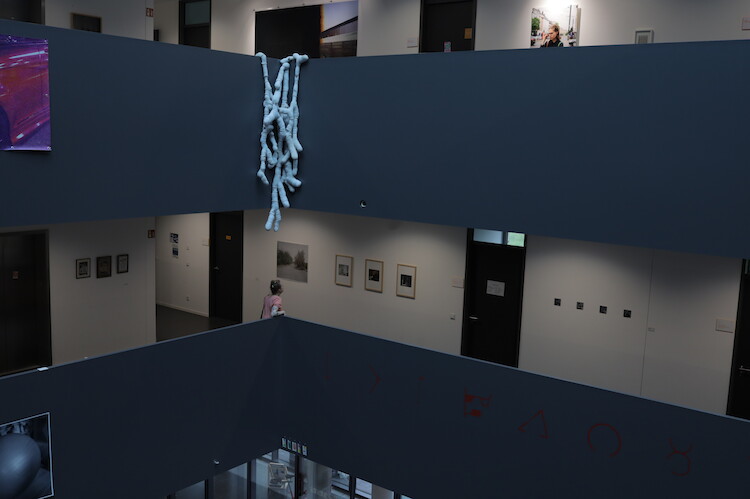
UNESCO World Heritage Zollverein
The Zollverein Coal Mine Industrial Complex, an active coal mine until 1986 and a UNESCO World Heritage Site since 2001, serves as the backdrop for design education at Folkwang University of the Arts.
Originally designed by Fritz Schupp and Martin Kremmer, Shaft 12, built in 1932, became an icon of modernist industrial architecture, merging monumentality with functionalist principles. The double-headframe of Shaft 12 set a precedent for future central mining facilities.
After its closure in 1986, Zollverein’s surviving structures—including Shafts 12, 1/2/8, 4/5/11, and 3/7/10—were preserved as industrial heritage sites. Following its UNESCO designation, Zollverein was redeveloped into a cultural and creative hub, based on a master plan by the Office for Metropolitan Architecture (OMA) in Rotterdam
